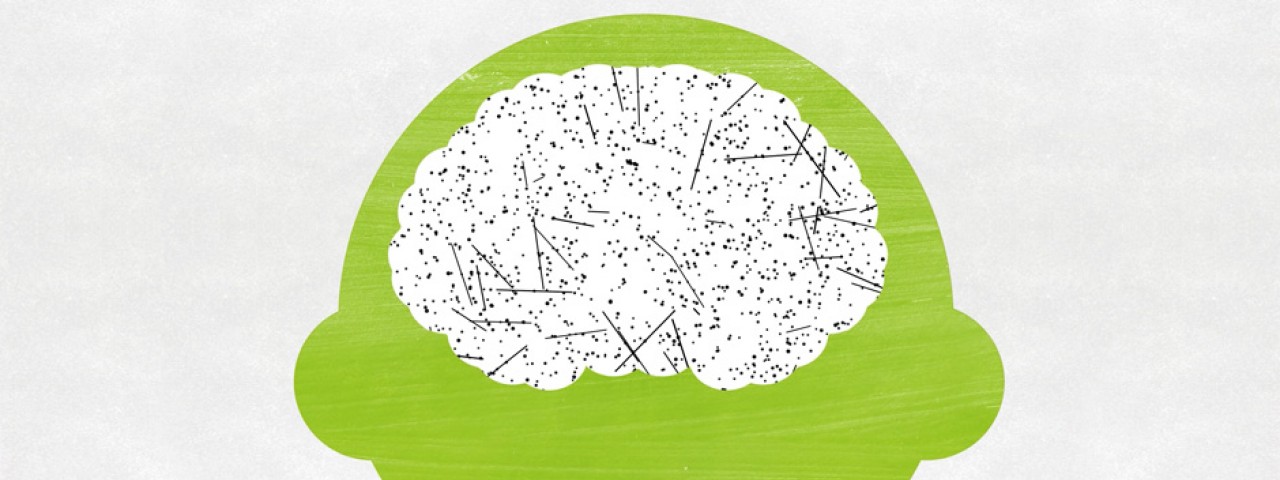The Magic Behind the Developing Brain
- Tweet

Even at birth, a child's brain is rapidly growing and developing. A child's brain doubles in size during the first year of life and reaches 80% of its adult size by age three. This period offers a tremendous window of opportunity for making a positive impact on a child's life. During these years, a child's brain is twice as active as an adult's. All this activity goes to making sense of everything happening around them ... and at this age, everything is new!
The Brain Begins
Newborns are born with 100 billion neurons — the basic cells that form the brain. Rather than create new neurons, the process of brain development is similar to electrical wiring, with these neurons forming networks of connections (or synapses). These networks, in turn, enable us to use our senses, learn, use language, and engage in more and more complex cognitive tasks. These connections are formed (or not) through a process of strengthening and pruning. Synapses that are regularly used are strengthened. Meanwhile, connections that are not used wither, and are pruned. Repetition is a key to optimal brain development because repeated experiences strengthen connections. For this reason, experiences (both positive and negative) during the baby's first three years of life are incredibly influential and potentially risky.
Brain Development is Experience-Dependent
While genes are primarily responsible for directing newly formed neurons to their correct locations, experiences during early child contribute to the strengthening of synapses, thus enhancing a child's brain development. The events that a young child experiences determine whether the developing architecture of his brain will lay a strong or weak foundation for future behavior and learning.1 Recent research has determined that early experiences help control how genes are turned on and off and even decide whether some genes are expressed at all.2 This new field termed epigenetics has emphasized the extensive contribution of experiences — and the environments in which they occur—to brain development. This area of science is on the cutting-edge of understanding the long-lasting effects of early stress. Chronic stress during the early years of life directly affects the brain architecture that is still forming — thus profoundly influencing a child's later physical and emotional well-being.2 Fortunately four simple interactions — touching, talking, reading, and playing — are linked to positive outcomes for young children, including increased self-confidence, improved language development, and better problem-solving skills. Engaging in these activities creates a strong parent-infant bond that serves as a basis for future relationships. James Heckman, an economist and Nobel Prize winner, points to the power of positive experiences during early childhood:
Early experiences can translate into school readiness, academic success, and lifetime well-being. Success builds upon success. When more children in a community are ready to learn, community-wide levels of human and social capital rise.
As parents, teachers, and community members we have enormous potential to improve the well-being of our community. By making everyday events positive learning experiences, we can provide the groundwork for future success. Children with these experiences are supplied with essential life-long skills and additionally have better health, educational, and social-emotional outcomes. As Heckman advocates, adopting small simple changes benefits the entire community since these children are able to contribute to the community in meaningful ways in the years to come.
References:Center on the Developing Child at Harvard University. (2007). “A Science-Based Framework for Early Childhood Policy.” Available here.
Center on the Developing Child at Harvard University. (2010) “Early Experiences Can Alter Gene Expression and Affect Long-Term Development. Working Paper 10.” Available here.
